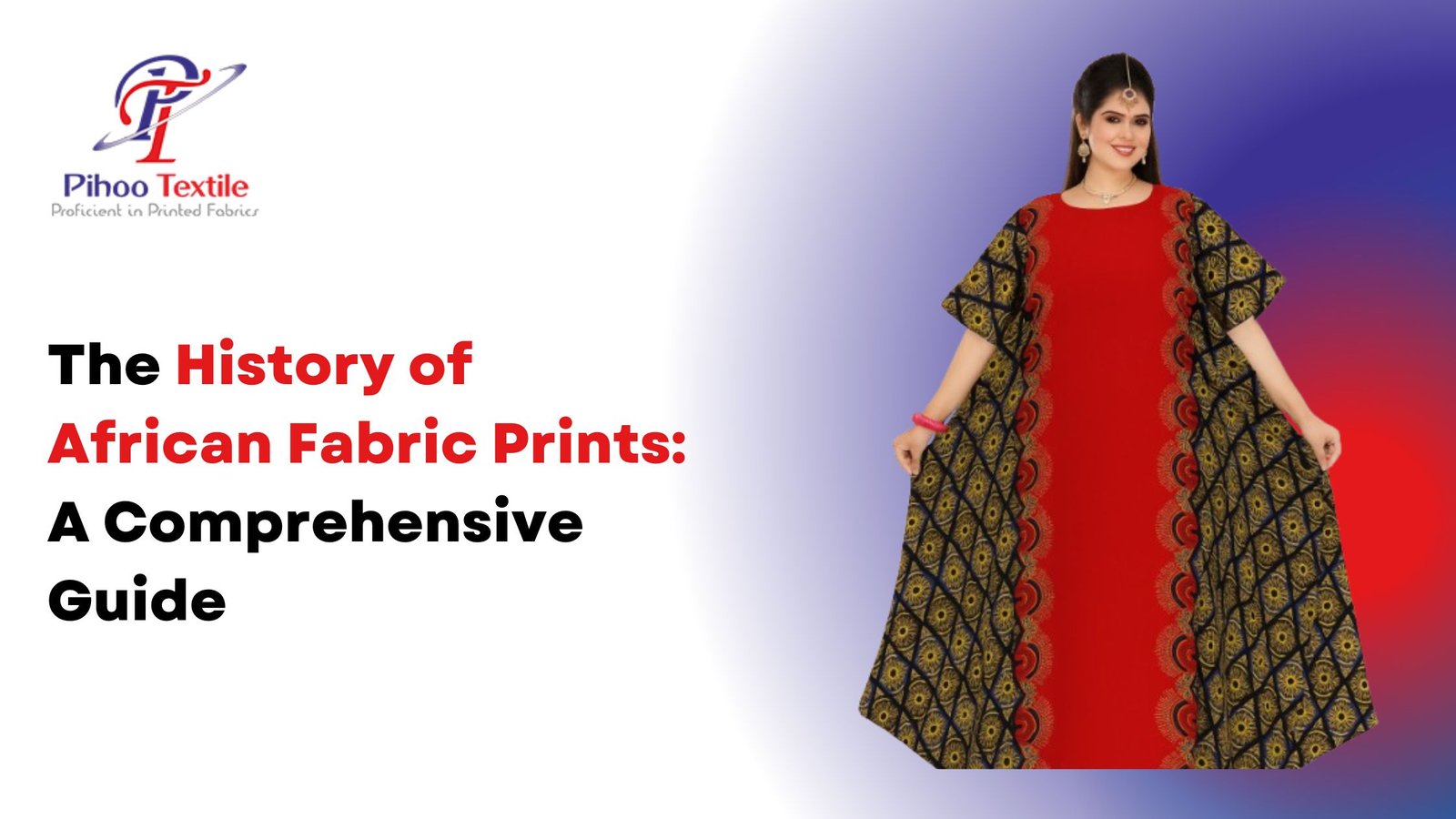The History of African Fabric Prints: A Comprehensive Guide
African fabric prints are more than just textiles—they are living chronicles, rich with stories of migration, commerce, culture, and creativity. Their unmistakable patterns and radiant colors have traveled from ancient kingdoms to global runways, shaping identities and kindling artistic revolutions. But how did these iconic prints come to be, and what makes their heritage so compelling? Pihoo Textiles invites you on a journey through the fascinating history of African fabric prints, connecting the vibrant dots from ancestral craft to modern-day marvel.
The Origins: Roots in Heritage and Trade
Ancient Beginnings
Long before global trade networks, African communities developed unique textile traditions. As early as the 11th century, woven strips of cotton and raffia appeared in royal courts of West Africa. In places like Mali, the creation of Bogolanfini (mudcloth) blended cotton-woven panels with natural dyes made from fermented mud and plant extracts. These early fabrics were not just functional—they were spiritual, used in ceremonies, rites of passage, and storytelling.
The Advent of Dye, Batik, and Symbolism
Natural dyeing traditions flourished across Africa. The indigo fields of Nigeria produced striking Adire cloths—resist-dyed masterpieces of the Yoruba women—while East Africa’s Swahili coast was famous for brightly hued Kanga and Kitenge textiles, each bearing poetic proverbs. In Ghana, Kente weaving gained legendary status, with each color and motif conveying meanings from royalty and wisdom to resilience and peace.
European Influence: The Unexpected Turn
The Wax Print Revolution
The mid-19th century brought a major shift. Dutch and British traders, seeking to sell Indonesian batik in Africa, unintentionally spurred a new chapter. Machines could not replicate the fine-grained Javanese batik, but African buyers embraced the “imperfections,” sparking a love affair with bold, high-contrast prints. These were the first iterations of what is now known as African wax print fabric or Ankara.
Hybrid Designs and Local Identity
By the early 20th century, African consumers began demanding prints that reflected their own aesthetics. Mills like Vlisco (Netherlands) and ABC (UK, later Ghana) created patterns inspired by West African folklore, symbols, and events—a process driven as much by African women’s requests as by foreign artistry. Soon, local manufacturers in countries like Nigeria, Ghana, and Ivory Coast began producing their own versions, rooting the fabrics firmly in local culture.
From Tradition to Transformation: Social and Political Meanings
Cloth as Communicator
In Africa, fabric has always been more than adornment. Kente, Ankara, and mudcloth transmit messages—of status, alliances, or resistance. During independence movements, certain prints became emblems of unity and anti-colonial pride. In modern times, fabrics have voiced political support or marked social milestones. A single design can symbolize joy, mourning, protest, or celebration—an enduring language of threads.
Fashioning Diaspora and Empowerment
With waves of migration and globalization, African prints traveled to America, Europe, and the Caribbean, becoming symbols of heritage in the Black diaspora. From the civil rights movement to contemporary Afrocentrism, donning African prints has been an act of empowerment, reclaiming cultural roots and forging new identities worldwide.
Innovations and Trends: The Modern Renaissance
Digital Printing & Sustainability
Now, African textile makers combine traditional artistry with advanced technology. Digital printing allows for intricate, customizable designs with shorter production times and minimal waste. Many African mills, including Pihoo Textiles, prioritize eco-friendly practices—using natural dyes, ethical sourcing, and solar-powered manufacturing.
Collaborations and Global Fashion
Major designers worldwide have embraced African prints, forging collaborations that blend global trends with authentic heritage. From Paris runways to Lagos Fashion Week, Ankara and Kente inspire new silhouettes while preserving their distinctive soul. The fusion of old and new ensures African prints remain both timeless and on-trend.
The Making of African Fabrics: Craftsmanship Behind the Patterns
Artisans at the Heart
Skilled craftswomen and men remain central to African fabric prints’ creation. In Mali, artisans paint mud onto handwoven cloth, while in Ghana, Kente is still woven on looms passed down through generations. Today’s best manufacturers invest in artisan development, preserving these ancient techniques in the face of mass production.
The Community Economy
African print manufacturing not only supports individual artisans but sustains entire communities. Growing local industries create jobs, empower women, and strengthen regional economies. As demand for authentic African prints expands globally, communities see increased income and renewed pride in their heritage.
African Fabric Prints: Beyond Fashion
Functional and Celebratory Uses
In Africa, beautiful cloth is at the heart of life’s key events—weddings, funerals, coming-of-age ceremonies, and festivals. Prints are gifted as symbols of blessing or solidarity. In home décor, they bring vibrancy and meaning, transforming living spaces with their bold energy and history.
Cultural Diplomacy and Storytelling
Leaders, artists, and everyday people use fabric to make statements: supporting a cause, honoring heritage, or simply sharing joy. African prints have decorated royalty and inspired international designers while also serving as powerful tools of diplomacy and cultural dialogue.
Pihoo Textiles: Carrying the Torch of Tradition
At Pihoo Textiles, we honor the full legacy of African fabric prints. Our collections blend meticulous craftsmanship with modern innovation, offering textiles that celebrate Africa’s past, present, and future. From hand-drawn patterns to digitally crafted designs, every yard is a tribute to the stories, artisans, and enduring beauty behind African prints.
Looking Forward: The Next Chapter
The journey of African fabric prints is ever-unfolding. As technology advances and fashion cycles turn, one thing remains constant: the fabrics’ power to connect, empower, and inspire. Whether lighting up a runway, draping a community elder, or enlivening your home, African prints are living art—rooted in tradition, ever-evolving in style.
Celebrate history. Design the future. With Pihoo Textiles, wrap yourself in the living legacy of African fabric prints.



